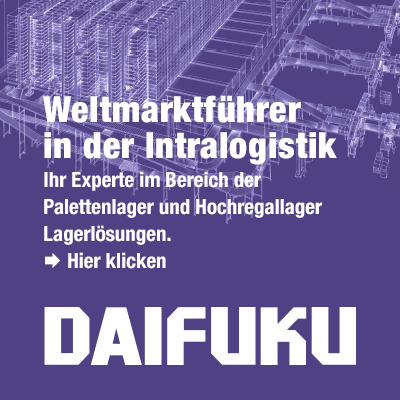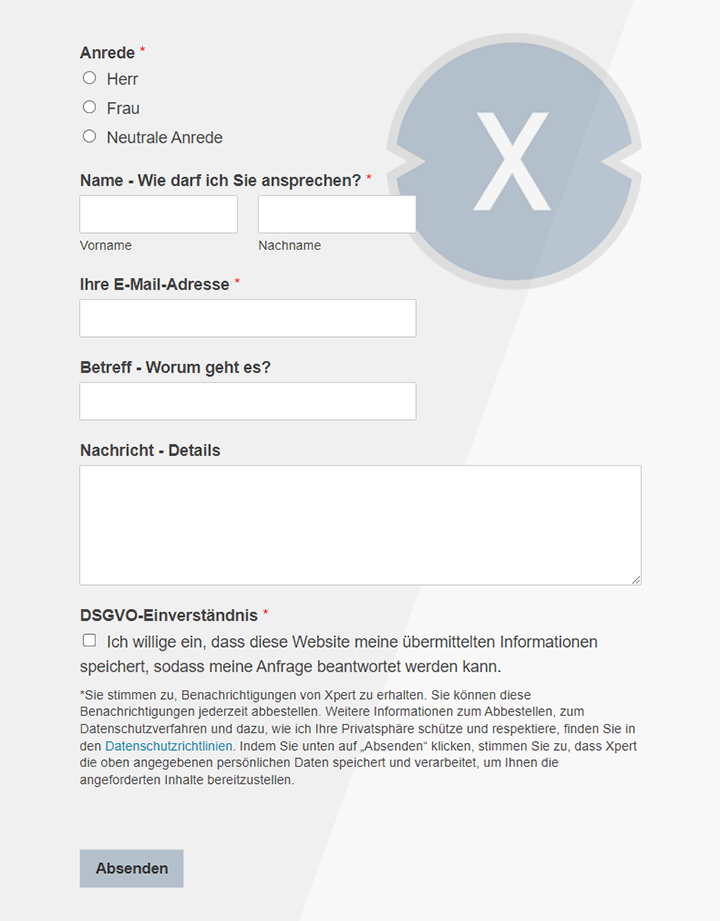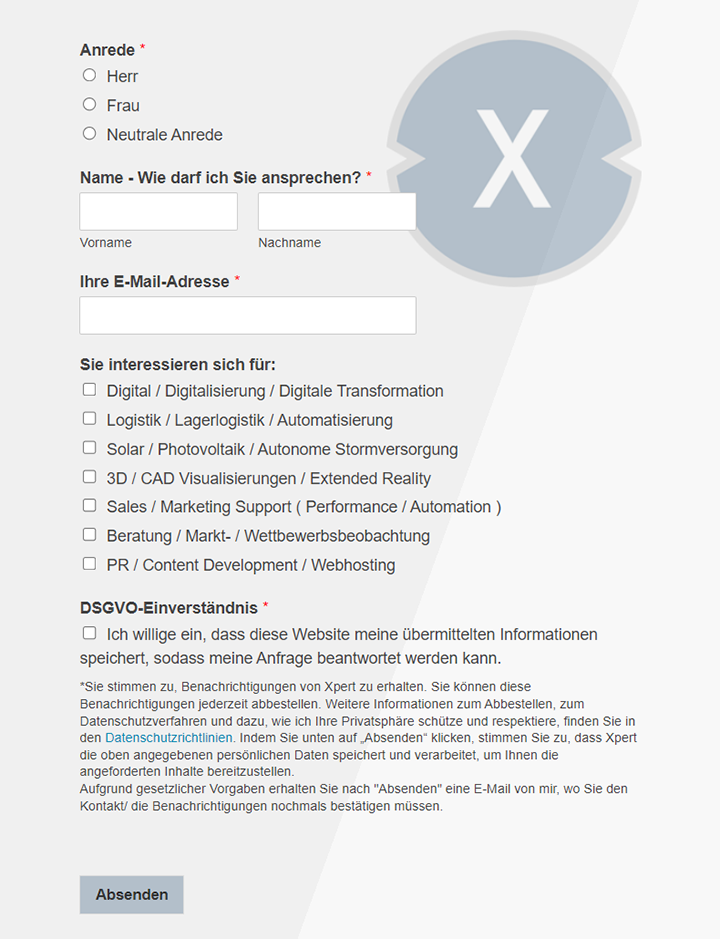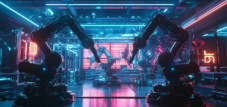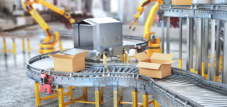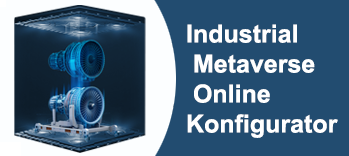Automation and robotics as a key driver in modern logistics: Hwarobotics, Iggy Rob, Robotize and Roeq
Xpert pre-release
Language selection 📢
Published on: May 4, 2025 / update from: May 4, 2025 - Author: Konrad Wolfenstein

Automation and robotics as a key driver in modern logistics: Hwarobotics, Iggy Rob, Robotize and Roeq - Image: Xpert.digital
Robotics in intralogistics: transformation that creates competitive advantages
Automated systems as the key to the logistics of the future
Intralogistics and warehousing are currently undergoing a profound transformation process in which robotics and automated systems are no longer just future visions, but are increasingly standard. The developments of 2025 clearly show how different robotic solutions revolutionize different areas of logistics and become an indispensable tool for companies that want to maintain their competitiveness.
Suitable for:
- The further development and re-optimization of warehouse logistics: warehouses, automation, robotics and AI for a new era of efficiency

Market development and economic importance of logistics robotics
Automation in logistics increases rapidly worldwide. According to current studies, 75 percent of companies expect to automate at least one process in their supply chain by 2026. The market for logistics robotics grows with an impressive annual rate of around 17 percent and is expected to reach a volume of $ 21 billion by 2029. This development is promoted by several factors: a shortage of labor, rising costs, changed market conditions and the growing complexity of modern supply chains.
Particularly noteworthy is the strong increase in the use of autonomous mobile robots (AMR) and collaborative robots that can interact seamlessly with human workers. These take on increasingly physically exhausting and repetitive tasks, which releases employees for more customer -oriented and more value -added activities.
Innovative robotic solutions revolutionize intralogistics
Hwarobotics: tailor -made solutions for the automotive industry
An outstanding example of the successful use of robotics in logistics shows the implementation of Hwarobotics solutions to the automotive supplier Faurecia. The company, which ranks among the top 10 global automotive suppliers, faced significant challenges in its warehousing: rising storage capacity requirements, outdated logistics methods and a vision for a green, sustainable supply chain.
HWAROBOTICS has developed a tailor-made combination solution for FAURCIA, which integrates a pallet shuttle system with a small parts shuttle system. The pallet shuttle supplies the small parts shuttle system, which provides picked containers according to the “Goods-to-Person” principle. These are then brought to production via autonomous transport vehicles (AGVS). This intelligent interlinking of various automation technologies increased the degree of automation in the FaureCia logistics processes significantly and realized an efficient, continuous material supply.
Iggy Rob: The Humanoid robot for beginners
Another innovative approach comes from Cologne Motion-Plastics specialist Igus with the “Iggy Rob”-a humanoid robot that is intended to make it easier to access robotics technology. With its 1.70 meters, a battery life of eight hours and two “Rebel Cobot” arms and bionic hands, it offers a wide range of possible uses.
The peculiarity of this system is also accessible to small and medium -sized companies that have so far shone from the high costs of humanoid robotics. Equipped with lidar sensors and 3D cameras for object recognition, the robot can navigate autonomously and is based on the autonomous mobile robot “Rebel Move”.
Strategic partnership between Robotize and Roeq
The recently announced strategic partnership between Robotize and Roeq illustrates the trend towards integrated logistics solutions. This cooperation combines Robotize's expertise in AMR technology with the innovative essay and top modules from Roeq. This enables companies to use improved, safe and efficient automation options for internal material transport.
The focus is particularly remarkable on flexible, easy to implement and scalable solutions that use various industries such as manufacturing, warehousing and logistics. Customers benefit from improved efficiency, reduced operating costs and a seamless transition to automated processes.
Suitable for:
- Plan correctly and efficiently: AI, robotics and automation for transit warehouses, buffer warehouses and long-term warehouses
Technological foundations and areas of application of modern logistical robots
Modern logistical carobotics include various technology types, from driverless transport systems (FTS) to autonomous mobile robots (AMR) to pallet and small parts shuttle systems. These technologies are increasingly based on a combination of artificial intelligence and machine vision, which enables robots to act autonomously even in unstructured environments.
Their ability to seamlessly join an environment designed seamlessly is crucial for the success of modern logistics robots. Alexander Mühlens, head of the Low Cost Automation division at Igus, emphasizes that this world has been created for humans and the potential for humanoid robots is therefore enormous.
One focus is on the continuous development of the technologies. HWarobotics, for example, has implemented more than 15,000 shuttle robots worldwide in over 20 years of experience and thus achieves system availability of more than 99 percent.
Xpert partner in warehouse planning and construction
From Amr to Last-Mile: How Robotics transforms logistics
Advantages and challenges of robot use in logistics
Efficiency increase and economic advantages
The main benefit of the use of robotics in logistics lies in the significant increase in efficiency and reducing operating costs. Automation solutions enable maximum throughput around the clock if necessary, while the safety of the goods, warehouse workers and all elements involved in the warehouse are guaranteed at the same time.
Automation also helps to avoid sources of error and increase productivity, as the current study by McKinsey confirms, which estimates the annual growth rate of automation in storage to 23%.
Suitable for:
- Autonomous mobile robots (AMR) and artificial intelligence (AI): cost reduction and efficiency boost in intralogistics
Employee relief and improved working conditions
Another significant advantage is the relief of the employees of unergonomic and repetitive activities. According to a ABB study, 45.5 percent of the companies surveyed plan to relieve their employees by using robotics of unergonomic work.
This becomes particularly important in view of the ongoing shortage of skilled workers, which 30.2 percent of the companies surveyed from online and retail, pharmaceutical industry, logistics and shipping as the greatest challenge for intralogistics.
Investment hurdles and implementation challenges
Despite the obvious advantages, there are also hurdles when introducing robotics in logistics. Companies have the highest reservations for cost reasons (45.5 percent), followed by the skepticism of employees (20.3 percent) and missing automation concepts (20.2 percent).
However, the EHI study “Success factors of a modern trade logistics” shows that eleven out of thirteen surveyed dealers want to plan concrete steps towards automation and six want to use robotic applications-the greatest potential in the area of picking.
Next generation fulfillment: Last Mile innovations on the test bench
For 2025 and beyond, several central trends are emerging that will dominate the industry: increasing automation, focus on investment security and flexibility as well as the use of virtual and augmented reality in system planning and presentation.
New standards are particularly set in e-commerce: Fast and precise fulfillment processes are indispensable, and future-oriented approaches such as the use of last-mile technologies-including drones, micro-ferrat centers and intelligent delivery networks-address the increasing demands on delivery speeds and sustainability.
Suitable for:
Robotics as an indispensable part of future -proof logistics
The developments in 2025 clearly show that automation and robotics are no longer just options, but necessities for companies that want to remain competitive in modern logistics. The examples of Hwarobotics, Iggy Rob and the partnership between Robotize and Roeq illustrate the variety of available solutions for different requirements and company sizes.
The continued shortage of skilled workers, rising customer expectations and the pressure on more efficiency will further accelerate the trend towards automation. Companies that invest in these technologies at an early stage and adapt their processes accordingly can secure decisive competitive advantages and at the same time improve working conditions for their employees.
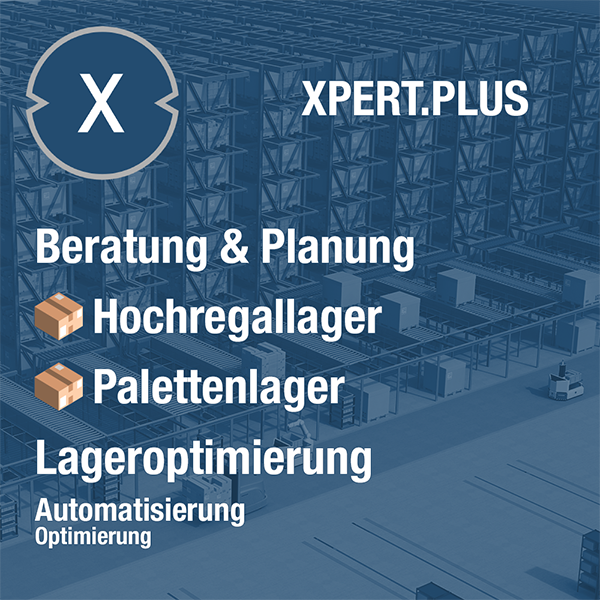
Xpert.Plus warehouse optimization - high-bay warehouses such as pallet warehouses consulting and planning
We are there for you - advice - planning - implementation - project management
☑️ Smart City & Factory: Industry expert for energetic 5G buildings and halls as well as advice and installation of solar systems
☑️ Xpert.Plus - logistics consulting and logistics optimization
☑️ Industry expert, here with his own Xpert.Digital Industry Hub with over 2,500 specialist articles
I would be happy to serve as your personal advisor.
You can contact me by filling out the contact form below or simply call me on +49 89 89 674 804 (Munich) .
I'm looking forward to our joint project.
Xpert.Digital - Konrad Wolfenstein
Xpert.Digital is a hub for industry with a focus on digitalization, mechanical engineering, logistics/intralogistics and photovoltaics.
With our 360° business development solution, we support well-known companies from new business to after sales.
Market intelligence, smarketing, marketing automation, content development, PR, mail campaigns, personalized social media and lead nurturing are part of our digital tools.
You can find out more at: www.xpert.digital - www.xpert.solar - www.xpert.plus




